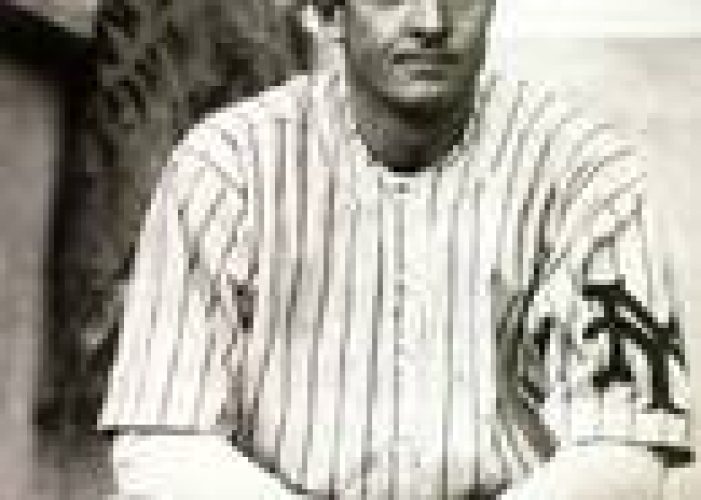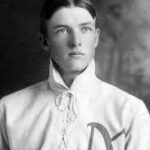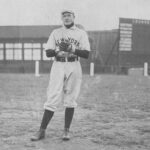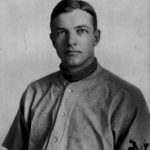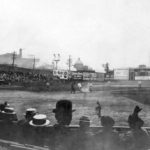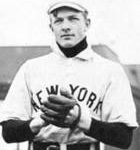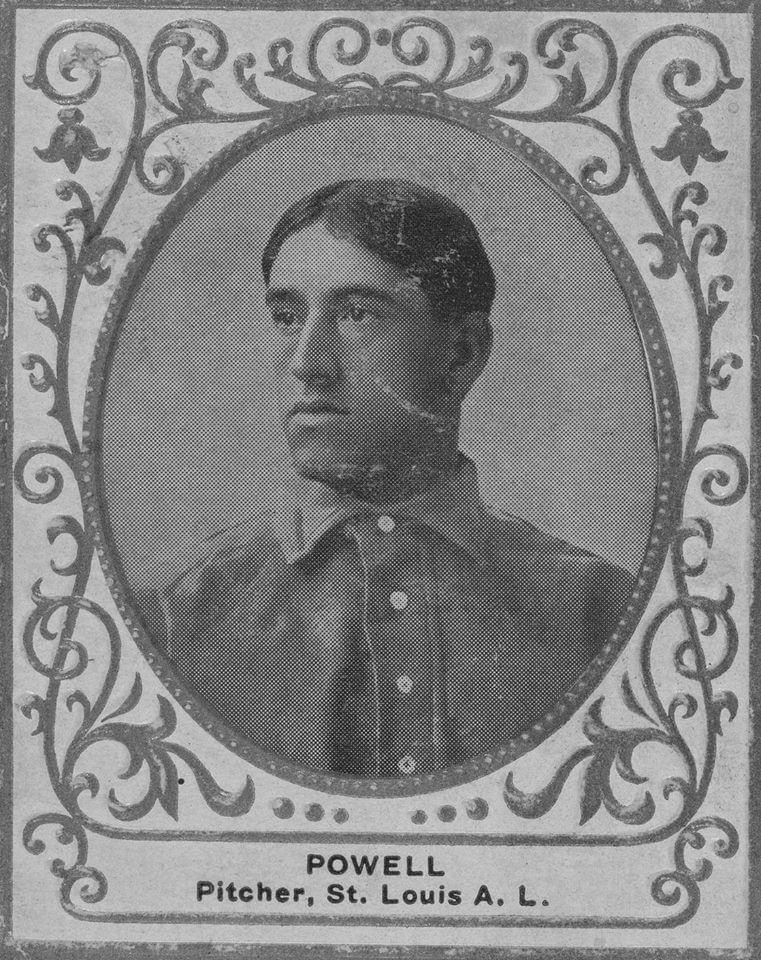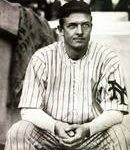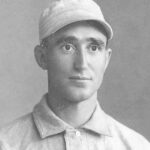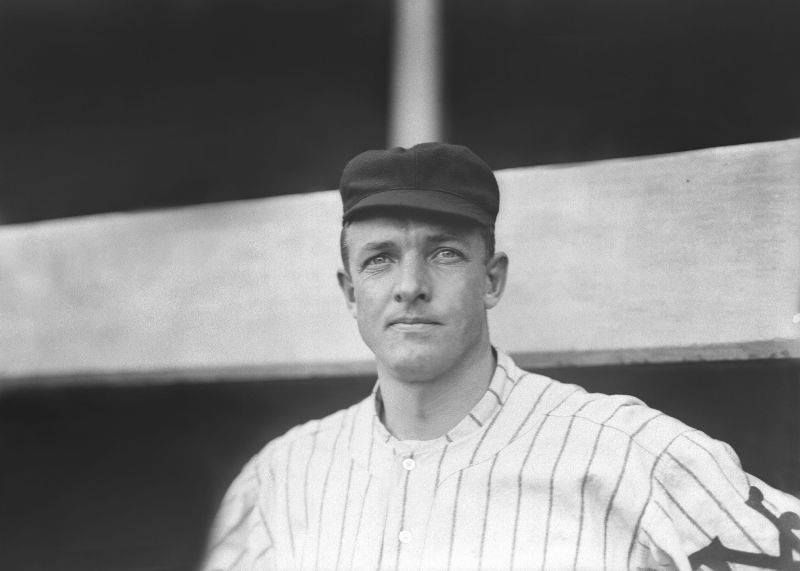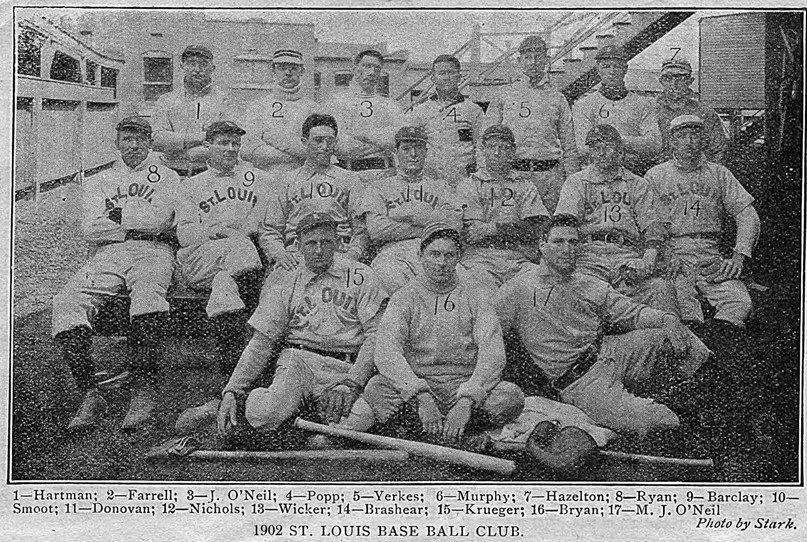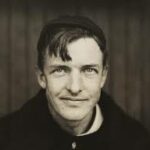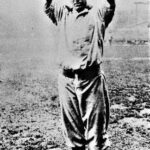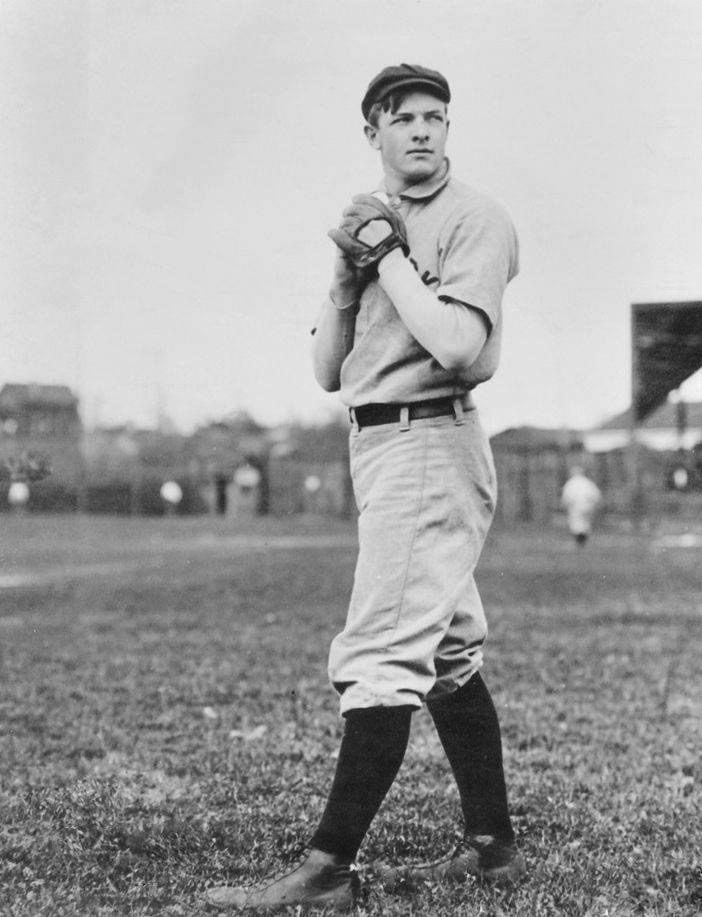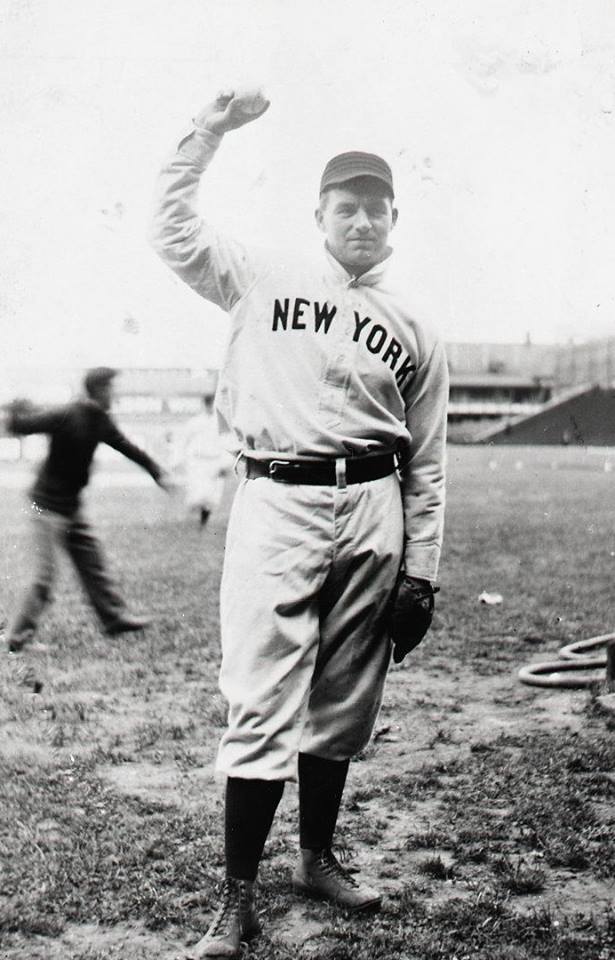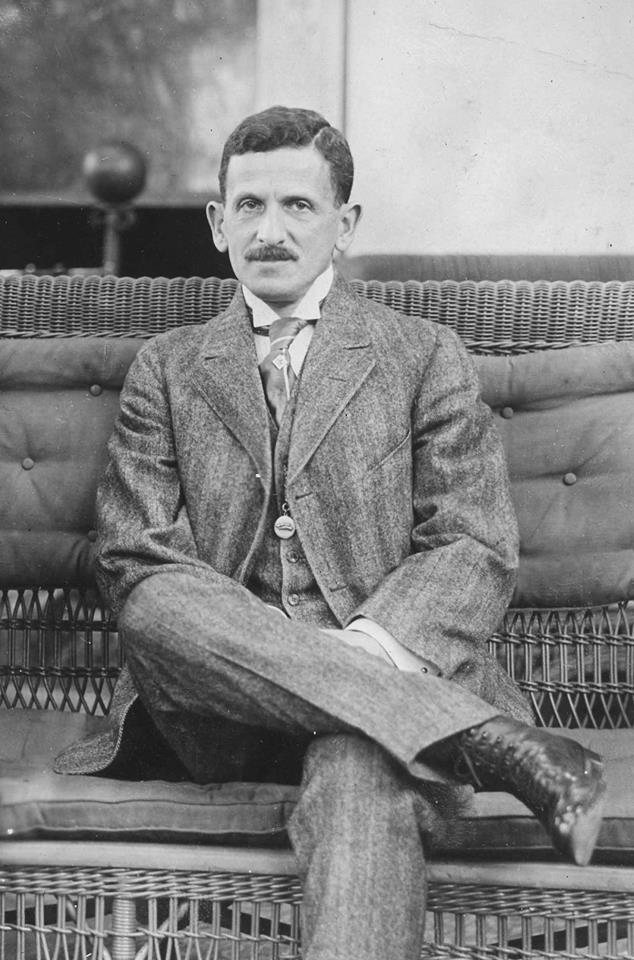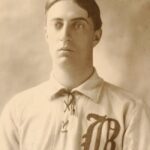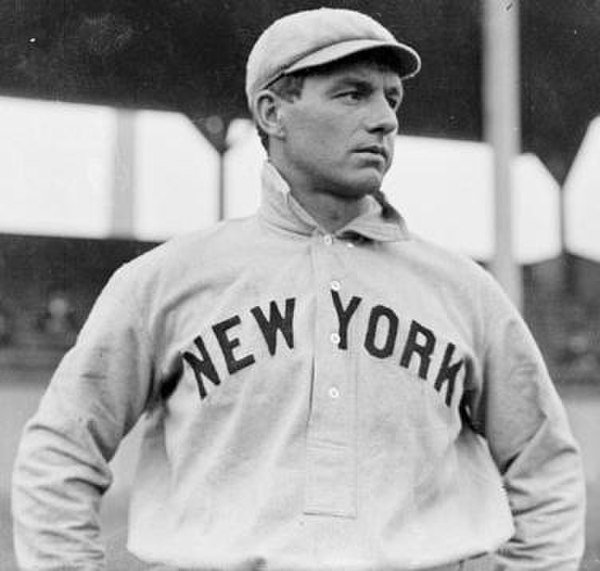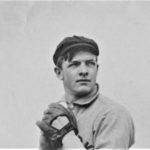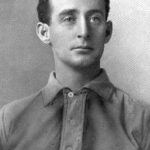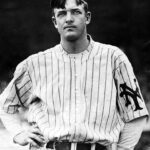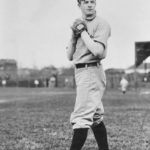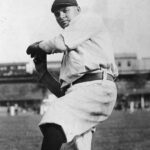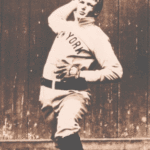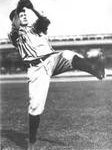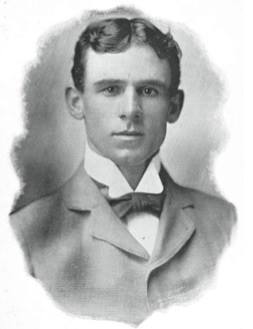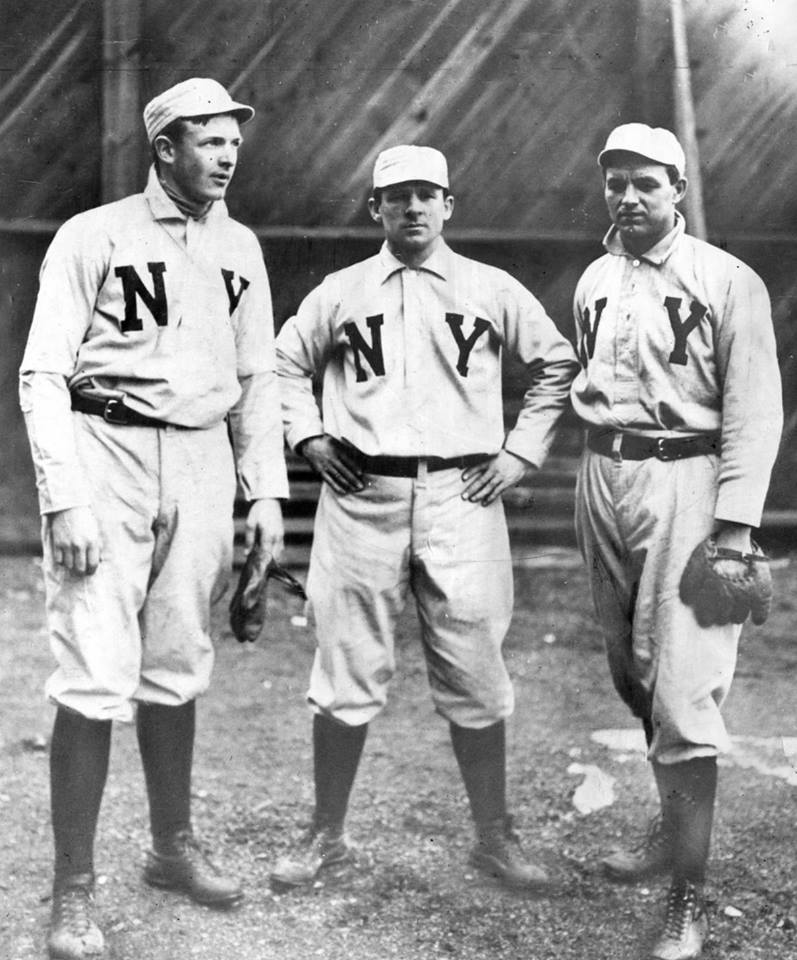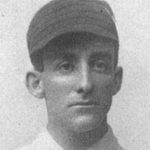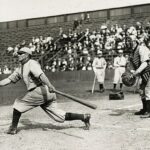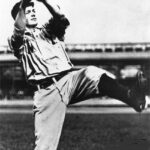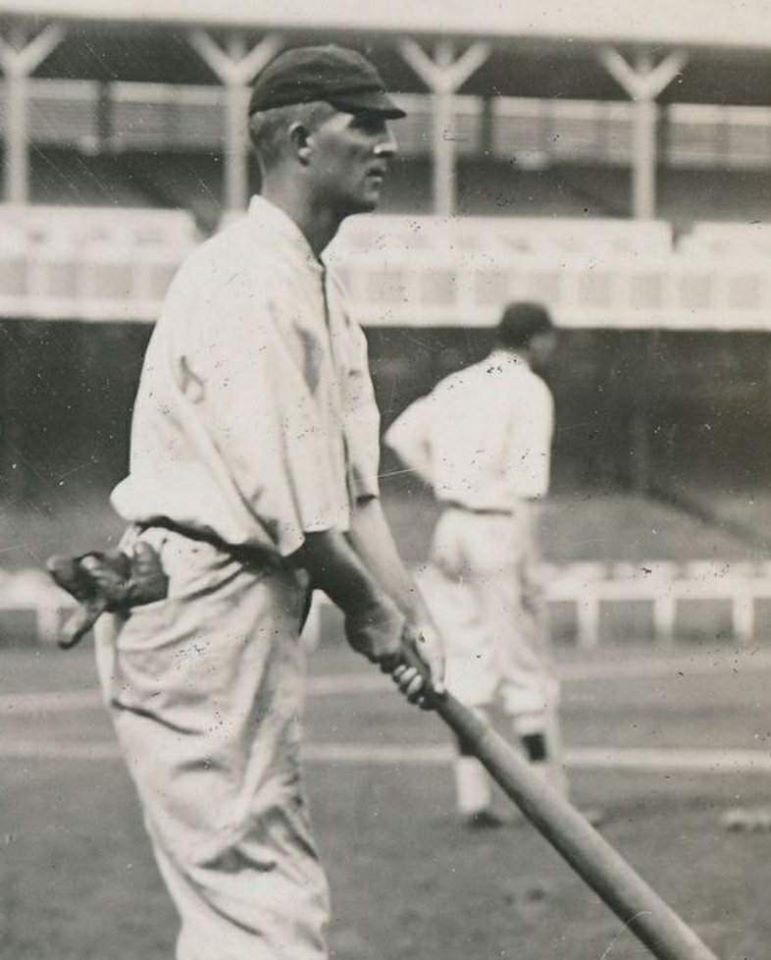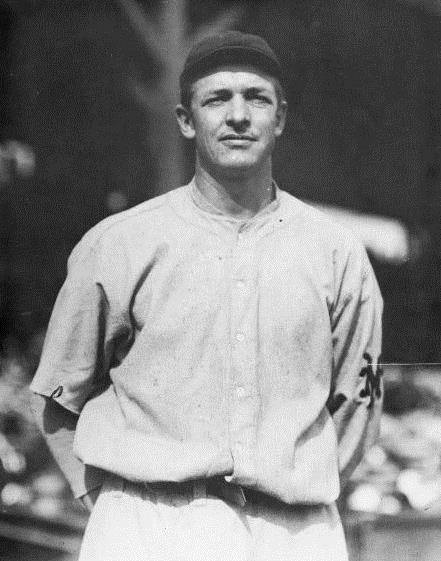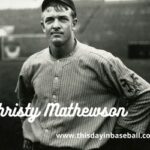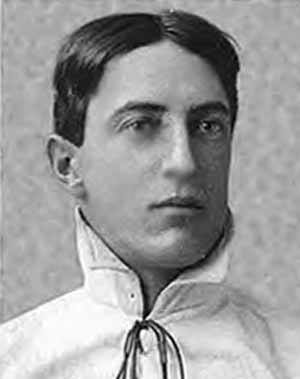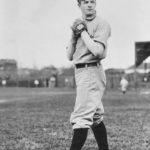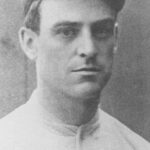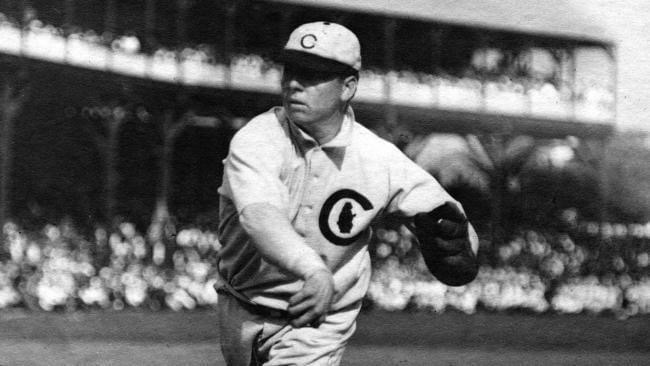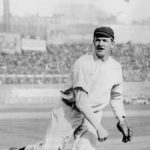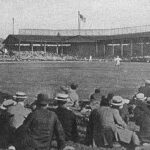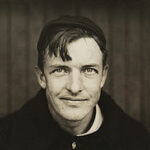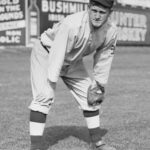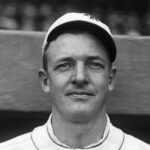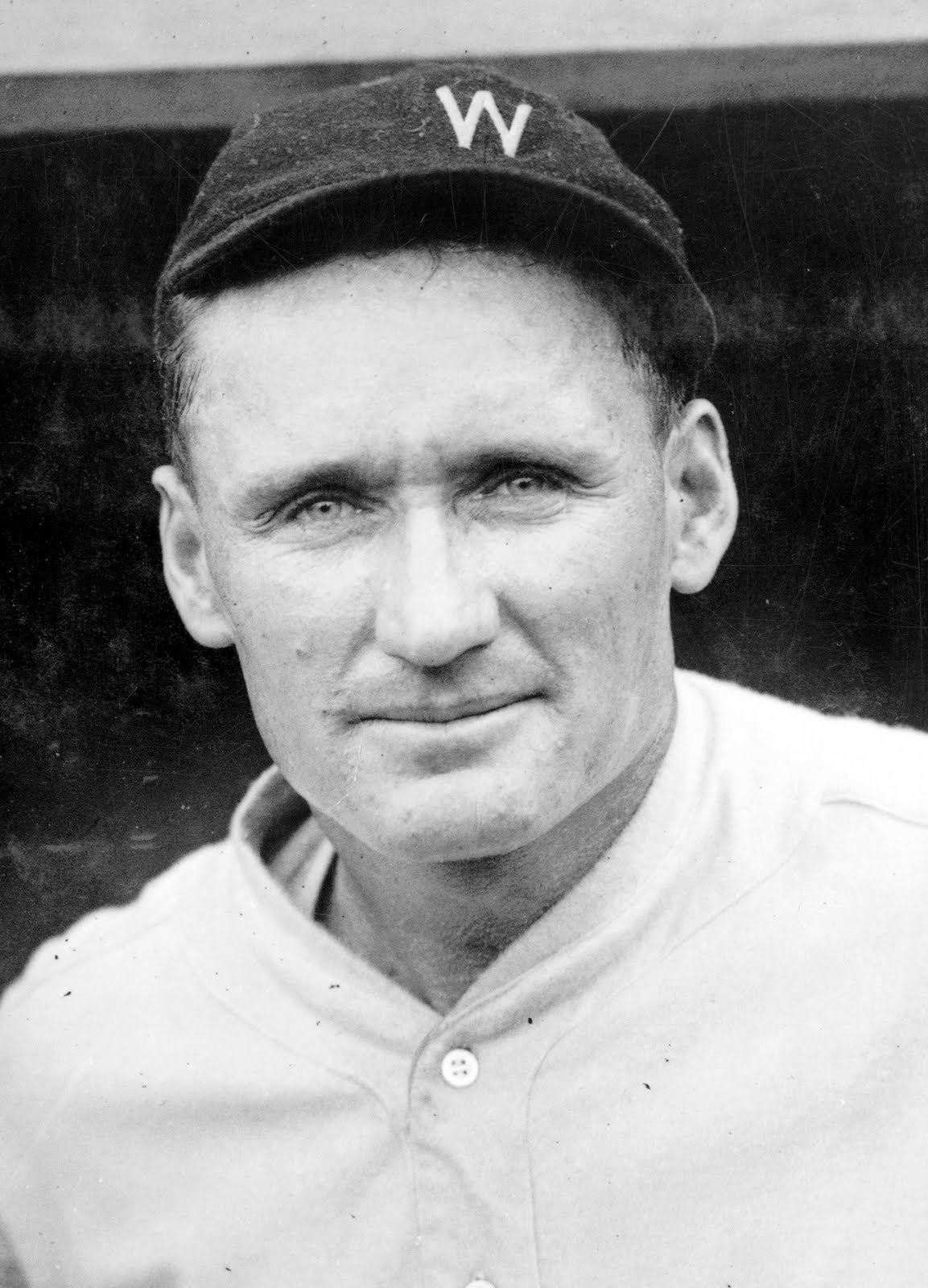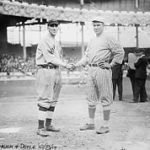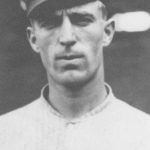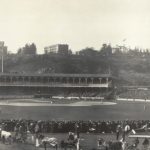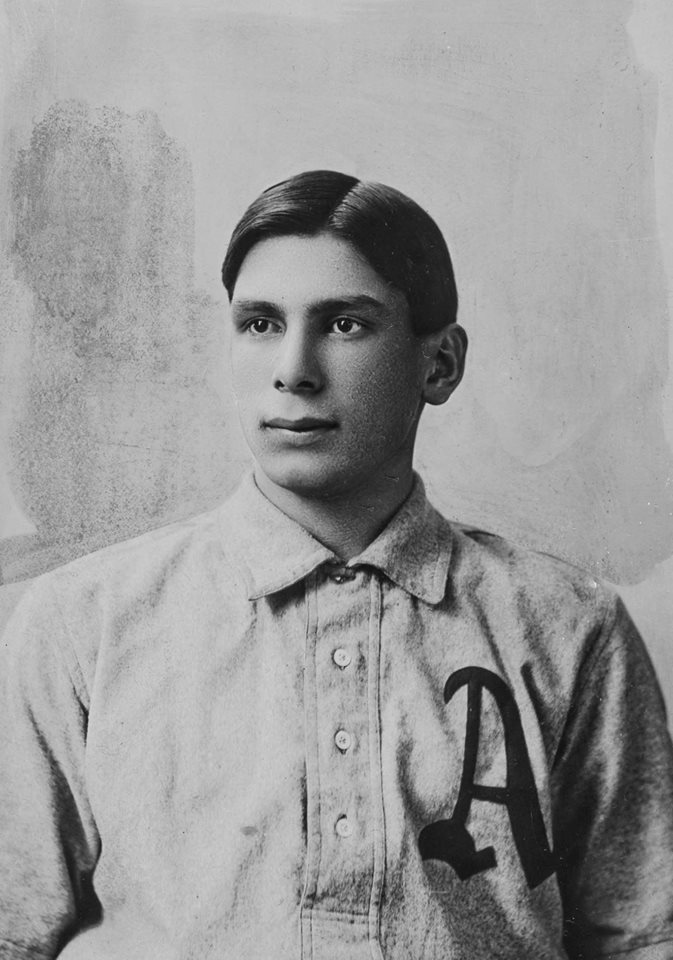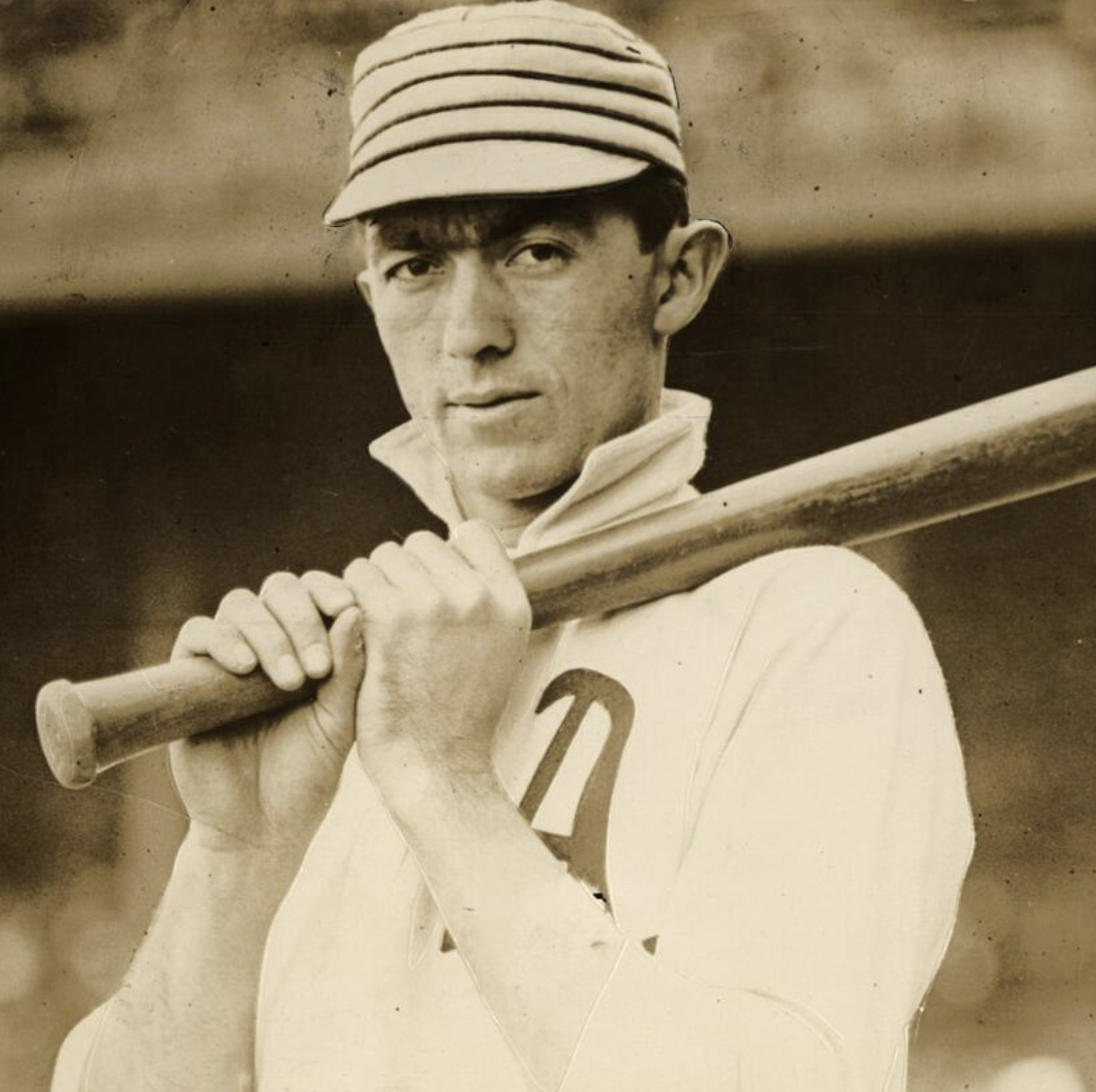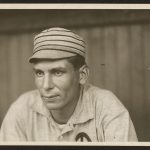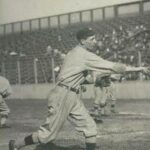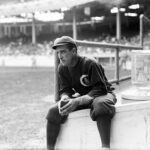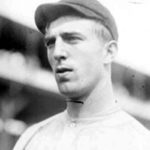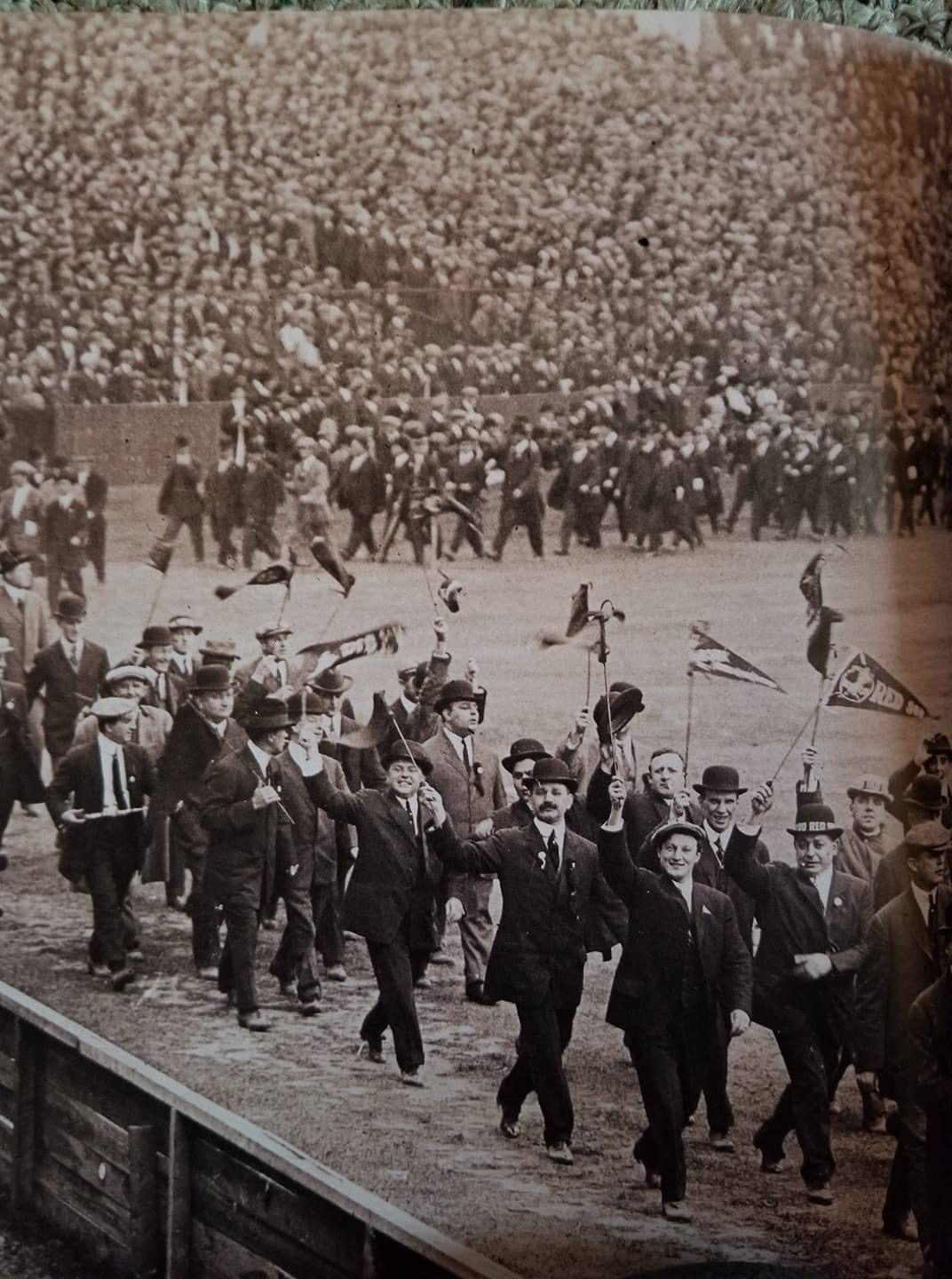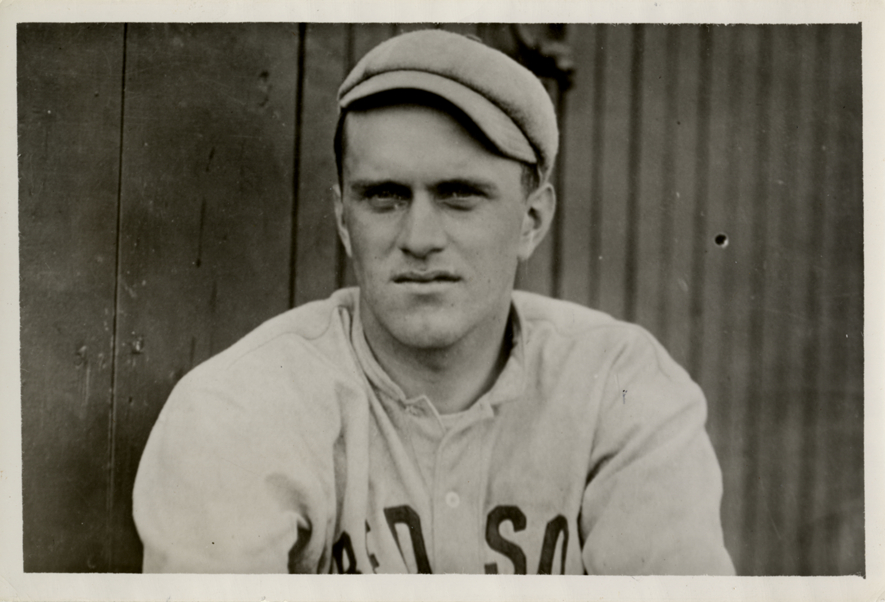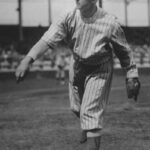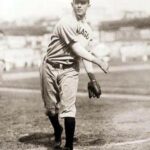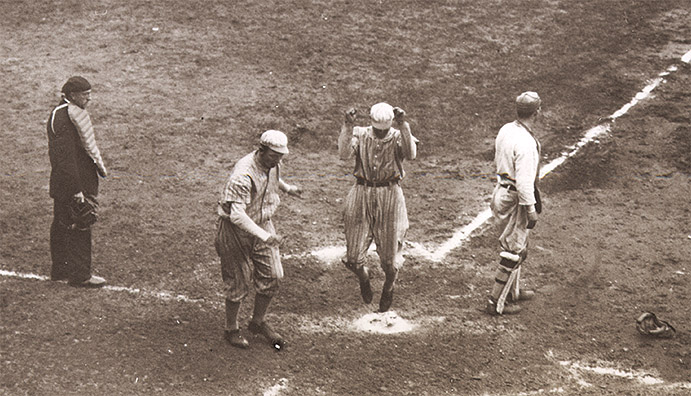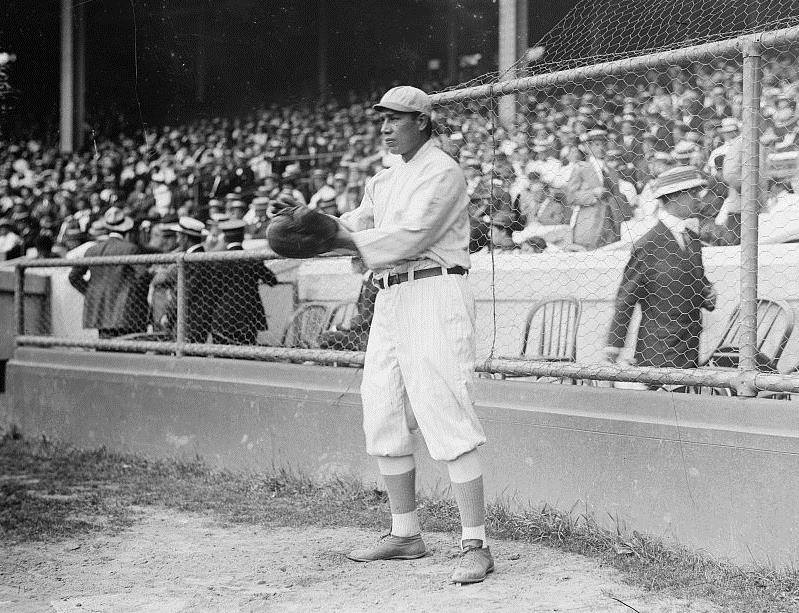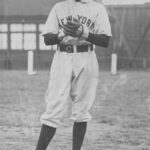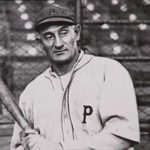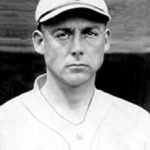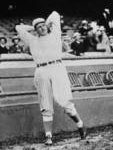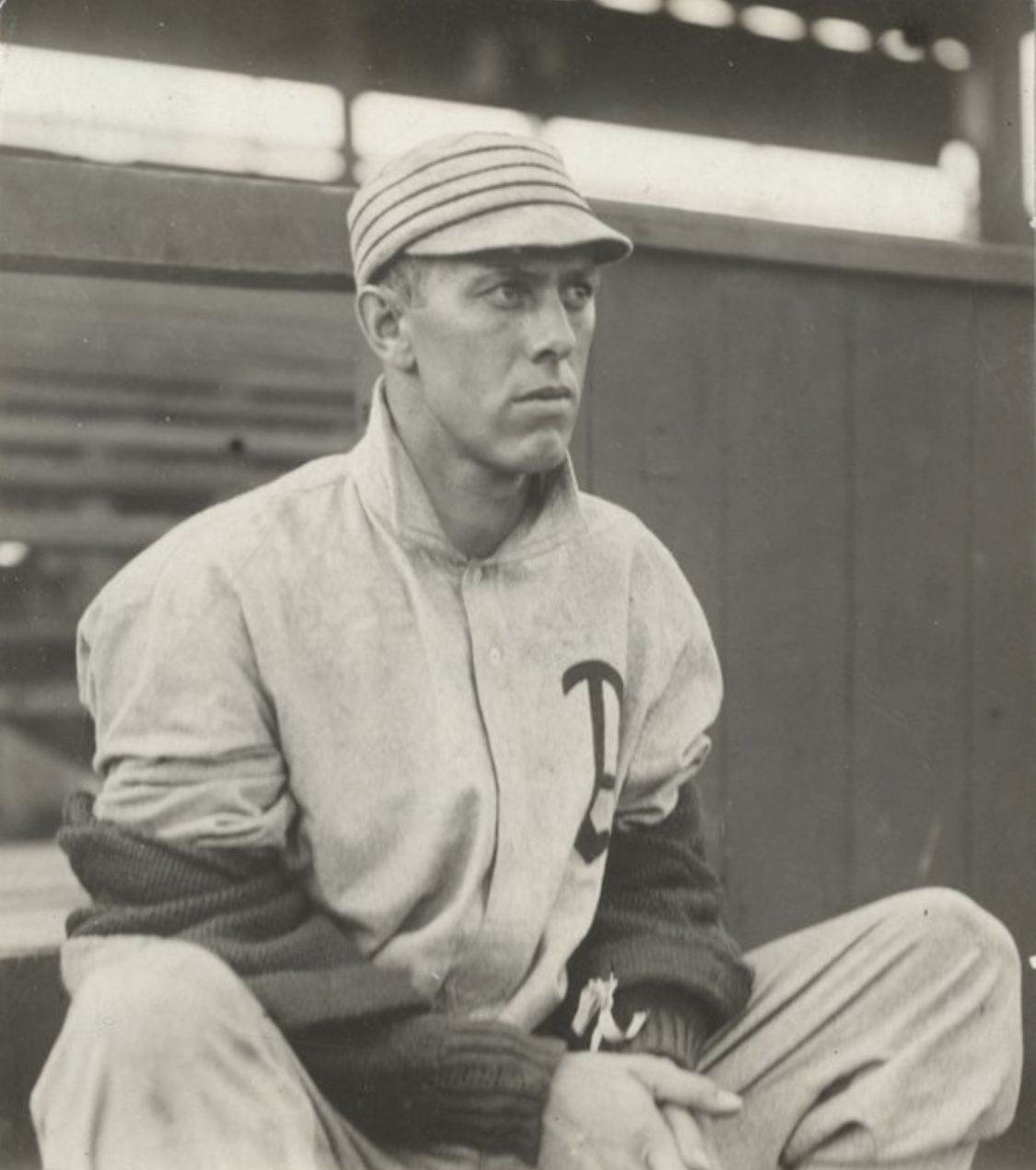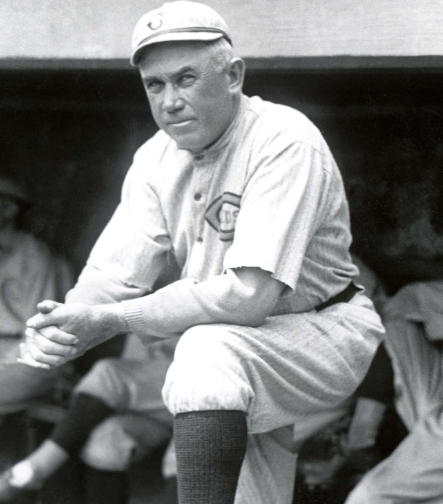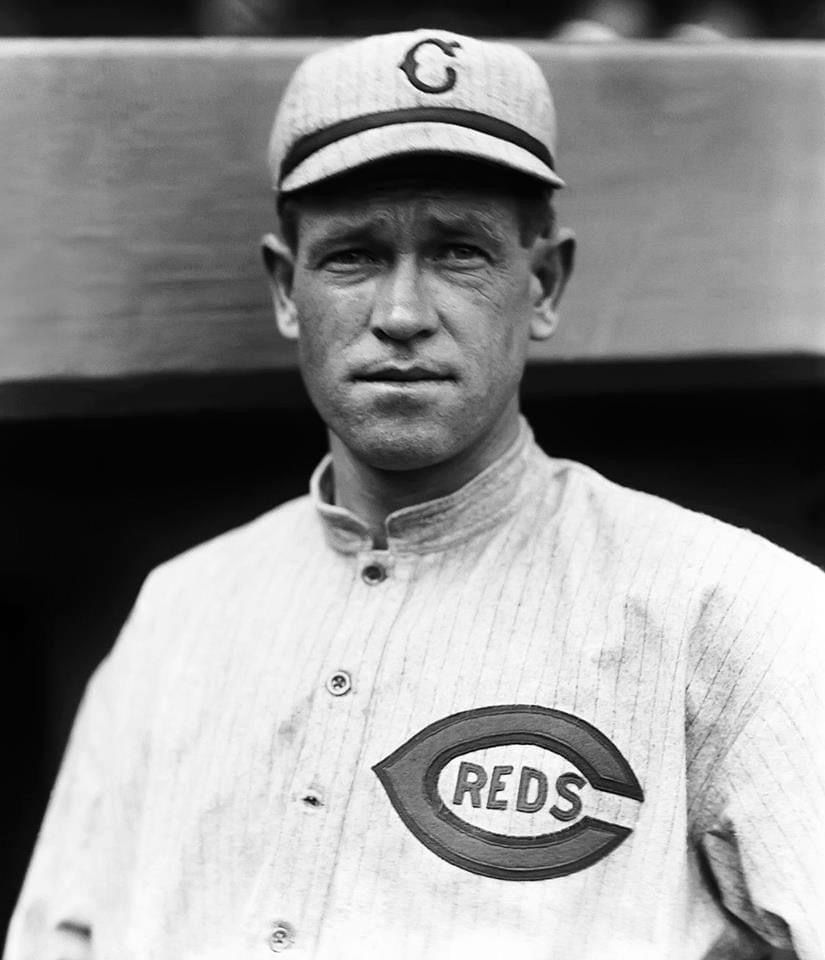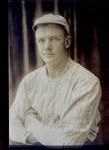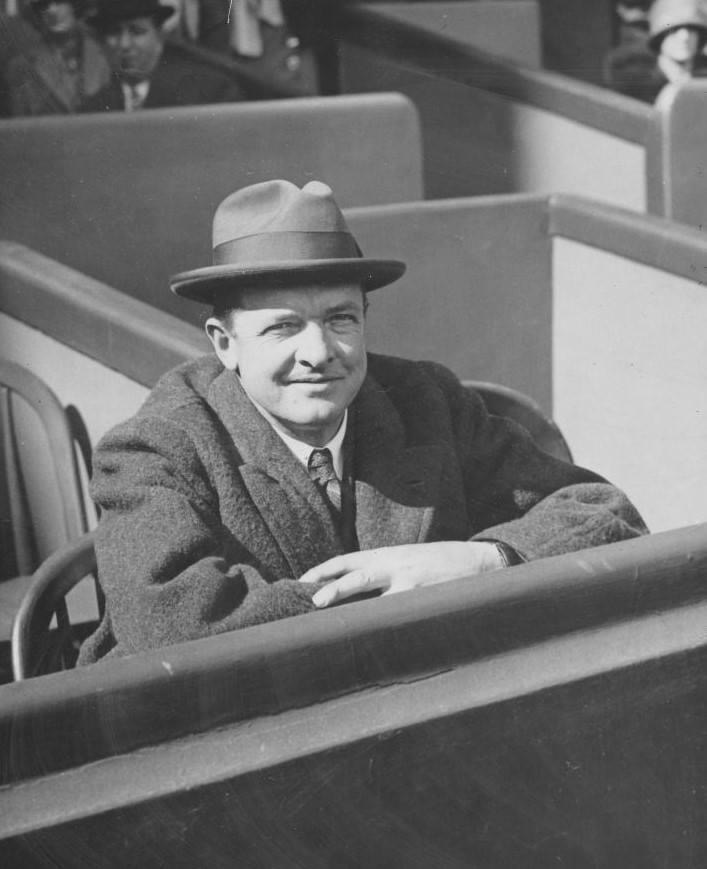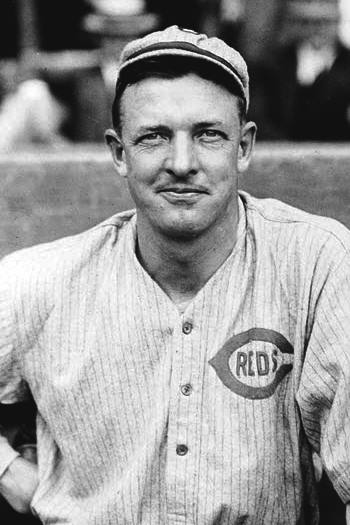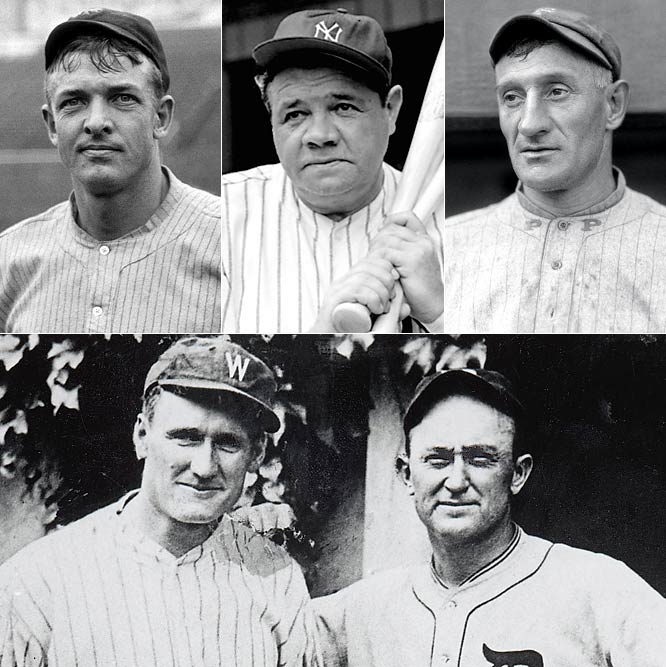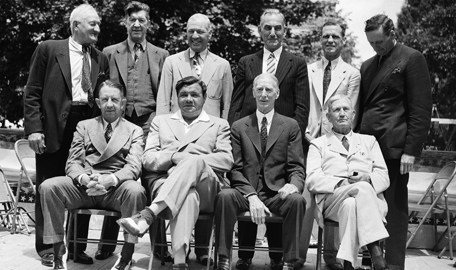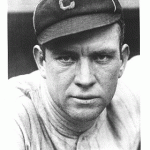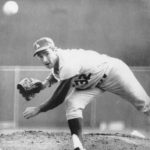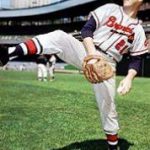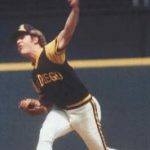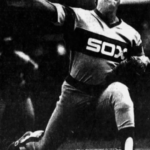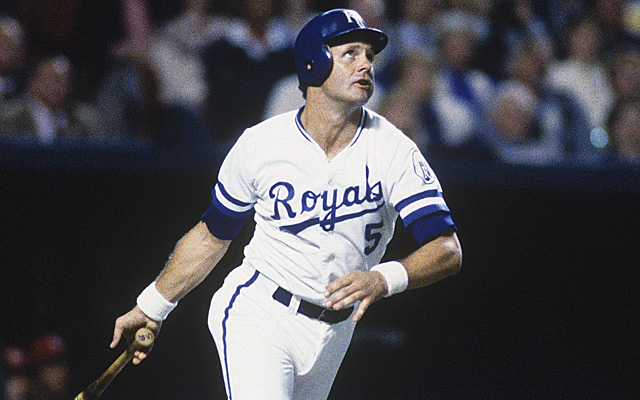Christy Mathewson Essentials
Position: Pitcher
Bats: Right • Throws: Right
6-1, 195lb (185cm, 88kg)
Born: August 12, 1880 in Factoryville, PA us
Died: October 7, 1925 in Saranac Lake, NY
Buried: Lewisburg City Cemetery, Lewisburg, PA
High School: Keystone Academy (Factoryville, PA)
School: Bucknell University (Lewisburg, PA)
Debut: July 17, 1900 (2,205th in MLB history)
Last Game: September 4, 1916
Hall of Fame: Inducted as Player in 1936. (Voted by BBWAA on 205/226 ballots)
Induction ceremony in Cooperstown held in 1939.
View Christy Mathewson’s Page at the Baseball Hall of Fame (plaque, photos, videos).
Rookie Status: Exceeded rookie limits during 1901 season
Full Name: Christopher Mathewson
Nicknames: Big Six or Matty
View Player Bio from the SABR BioProject
Relatives: Brother of Henry Mathewson
Nine Players Who Debuted in 1900
Danny Murphy
Johnny Kling
Jiggs Donahue
Christy Mathewson
Fred Jacklitsch
Tom Hughes
Tommy Sheehan
Dummy Taylor
Togie Pittinger
The Christy Mathewson Teammate Team
C: Chief Meyers
1B: Fred Merkle
2B: Larry Doyle
3B: Art Devlin
SS: Bill Dahlen
LF: George Burns
CF: Edd Roush
RF: Moonlight Graham
SP: Joe McGinnity
SP: Red Ames
SP: Jeff Tesreau
SP: Rube Marquard
RP: Hooks Wiltse
M: John McGraw
Notable Events and Chronology for Christy Mathewson Career
Many pitchers excelled during the Dead-ball Era that lasted until 1920. But no hurler, with the possible exception of Walter Johnson, was more dominant than Christy Mathewson. The New York Giants righthander was baseball’s preeminent pitcher throughout the first decade of the 20th century, and, almost 100 years after he threw his last pitch, many baseball historians still consider Mathewson to be the greatest hurler in National League history.
Biography
Born in Factoryville, Pennsylvania on August 12, 1880, Christy Mathewson was a rare breed in the early days of 20th century baseball. A clean-cut, well-spoken gentleman, Mathewson stood in stark contrast to most of the other players of his time, who were raucous, unsophisticated, and uneducated. After attending Bucknell University, where he served as class president and played on the school’s football and baseball teams, Mathewson began pitching professionally for Taunton of the New England League in 1899. He spent the following year with the Norfolk team of the Virginia-North Carolina League, for whom he compiled a 20-2 record. The New York Giants purchased Mathewson’s contract from Norfolk for $1,500 in July of 1900, and the righthander appeared in only six games for the Giants before they elected to return him to Norfolk, demanding their money back in the process. The Cincinnati Reds plucked Mathewson off the Norfolk roster later that month, and they subsequently traded him back to the Giants on December 15, 1900.
Despite compiling a rather mediocre 34-34 record with the Giants over his first two full seasons, Mathewson pitched well for his new team. He won 20 games in 1901, completed 36 of his 38 starts, and struck out 221 batters in 336 innings of work. The righthander won only 14 games the following year, but he pitched to an outstanding 2.12 ERA and led the National League with eight shutouts.
Employing a good fastball, exceptional control, and a new pitch he called the “fadeaway” (later known in baseball as the “screwball”), which he learned from one of his college teammates a few years earlier, Mathewson really came into his own in 1903. Teaming up with fellow Hall-of-Famer Iron Man Joe McGinnity to give New York baseball’s best one-two punch, he finished the season 30-13, with a 2.26 ERA, 37 complete games, and a league-leading 267 strikeouts. He surpassed 30 victories in each of the next two seasons as well, going 33-12 in 1904, and compiling a record of 31-9 in 1905. Mathewson led the league in strikeouts each of those years, and he also topped the circuit with a 1.28 ERA and eight shutouts in 1905, en route to capturing the pitchers’ version of the triple crown.
It was in the 1905 World Series against the Philadelphia Athletics that Mathewson put on one of the greatest pitching exhibitions in baseball history. After pitching a four-hit shutout in Game One, he returned to the mound three days later to toss another four-hit shutout. Mathewson started again in Game Five, and, working with only one day of rest, proceeded to clinch the Series for the Giants by throwing a six-hit shutout. In the end, Mathewson pitched three complete-game shutouts in a span of only six days.
Mathewson continued to excel throughout the remainder of the decade, surpassing 20 victories each season, leading the league in wins three more times, and topping the circuit two more times each in ERA, complete games, shutouts, and strikeouts. He had perhaps his greatest season in 1908, when he won the triple crown for the second time by leading the league with a record of 37-11, an ERA of 1.43, and 259 strikeouts. He also led all N.L. hurlers with 34 complete games, 11 shutouts, five saves, and 391 innings pitched. Mathewson followed that up by winning 25 games in 1909, while compiling a career-best 1.14 earned run average. He led the league in victories for the last time in 1910, finishing the season with a record of 27-9, pitching to a 1.89 earned run average, and topping the circuit with 27 complete games.
Mathewson continued his string of 12 straight seasons with more than 20 victories through 1914, before his pitching skills began to leave him the following year. After winning only eight games for the Giants in 1915, Mathewson was traded to the Cincinnati Reds, for whom he made only one start before announcing his retirement at the conclusion of the 1916 season. Mathewson ended his career with a record of 373-188, an ERA of 2.13, and 79 shutouts. His 373 victories tie him for the all-time National League lead with Grover Cleveland Alexander. Possessing pinpoint-like control that enabled him to throw his pitches exactly where he wanted to, Mathewson compiled a remarkable 3-to-1 strikeout-to-walk ratio during his career, by striking out 2,502 batters, while walking only 844 men. He also allowed just 4,219 hits in almost 4,800 innings of work. Mathewson completed 435 of his 552 starts. In all, he won at least 20 games a total of 13 times, surpassing 30 victories on four separate occasions. He also allowed fewer than two runs per-nine innings of work nine times, threw more than 300 innings 11 times, and struck out more than 200 batters five times. Mathewson led the league in wins and shutouts four times each, in ERA and strikeouts five times each, in complete games twice, and in innings pitched once. He also helped lead the Giants to five National League pennants.
Longtime manager Connie Mack, whose Athletics were victimized by Mathewson in the 1905 World Series, had this to say about his former adversary: “Mathewson was the greatest pitcher who ever lived. He had knowledge, judgment, perfect control and form. It was wonderful to watch him pitch when he wasn’t pitching against you.”
Sportswriter Damon Runyon once expressed the admiration and respect everyone in baseball had for Mathewson when he wrote: “Mathewson pitched against Cincinnati yesterday. Another way of putting it is that Cincinnati lost a game of baseball. The first statement means the same as the second.”
Unfortunately, Mathewson’s life after baseball was cut short as a result of his involvement in World War I. After enlisting in the United States Army in 1918, the former pitching great inhaled poisonous gas during a training exercise in France. He subsequently developed tuberculosis, an illness that plagued him the remainder of his life. He finally lost his battle with the disease on October 7, 1925, passing away at only 45 years of age. Speaking at the memorial service held for Mathewson, Baseball Commissioner Kenesaw Mountain Landis said, “He was an inspiration to everybody, and may we have more of his kind. His sense of justice, his integrity, and sportsmanship made him far greater than Christy Mathewson the pitcher.”
@ET-DC@eyJkeW5hbWljIjp0cnVlLCJjb250ZW50IjoicG9zdF90YWdzIiwic2V0dGluZ3MiOnsiYmVmb3JlIjoiTGVhcm4gTW9yZSBhYm91dCB0aGUgdGVhbXMsIHBsYXllcnMsIGJhbGwgcGFya3MgYW5kIGV2ZW50cyB0aGF0IGhhcHBlbmVkIG9uIHRoaXMgZGF0ZSBpbiBoaXN0b3J5IC0gLSAtIC0gLSAtIC0gIiwiYWZ0ZXIiOiIiLCJsaW5rX3RvX3Rlcm1fcGFnZSI6Im9uIiwic2VwYXJhdG9yIjoiIHwgIiwiY2F0ZWdvcnlfdHlwZSI6InBvc3RfdGFnIn19@
Factoids, Quotes, Milestones and Odd Facts
Played For
New York Giants (1900-1916)
Cincinnati Reds (1916)
Managed
Cincinnati Reds (1916-1918)
Similar: Pete Alexander
Linked: Fred Snodgrass, Fred Merkle, Three-Finger Brown, Amos Rusie, John McGraw
Nicknames: Big Six, Matty
“Big Six” was in reference to a very fast train engine of that era.
Best Season, 1905
All you really need to know is that Mathewson’s ERA (1.28) was more than two-and-a-half runs better than his league’s (2.93). His record was 31-9 (how he lost nine games is incredible) and he paced the NL in wins, ERA, strikeouts, and shutouts. In the Fall Classic he shut out the Philadelphia A’s three times, allowing just 14 hits. It could very well be the greatest single season any pitcher has ever had.
Awards and Honors
1905 NL Triple Crown
1908 NL Triple Crown
No-Hit Fame
7/15/1901: For NY (N) vs. CHI (N), 1-0 at STL. 9 innings pitched.
6/13/1905: For NYN (N) vs. CHI (N), 1-0 at CHI. 9 innings pitched.
Post-Season Appearances
1905 World Series
1911 World Series
1912 World Series
1913 World Series
Minor League Experience
1899: Taunton (New England League)
1900: Norfolk (Virginia League)
Post-Season Notes
Matty pitched all 9 2/3 innings of the final game of the 1912 World Series, but the Giants lost when Fred Snodgrass’s muff on a fly ball enabled the winning run to score in the 10th frame.
Transactions
December 15, 1900: Traded by the Cincinnati Reds to the New York Giants for Amos Rusie; July 20, 1916: Traded by the New York Giants with Bill McKechnie and Edd Roush to the Cincinnati Reds for Buck Herzog and Red Killefer.
World Series Aces
Pitchers who have hurled three complete game wins in one World Series:
Christy Mathewson, Giants (1905 vs. A’s) 27 IP, 14 H, 18 K, 1 BB, 0.00 ERA
Babe Adams, Pirates (1909 vs. Tigers) 27 IP, 18 H, 11 K, 6 BB, 1.33 ERA
Stan Coveleski, Indians (1920 vs. Robins) 27 IP, 15 H, 8 K, 2 BB, 0.67 ERA
Lew Burdette, Braves (1957 vs. Braves) 27 IP, 21 H, 13 K, 4 BB, 0.67 ERA
Bob Gibson, Cardinals (1967 vs. Red Sox) 27 IP, 14 H, 26 K, 5 BB, 1.00 ERA
Mickey Lolich, Tigers (1968 vs. Cardinals) 27 IP, 20 H, 21 K, 6 BB, 1.67
Quotes About Mathewson
“He was an inspiration to everybody and may we have more of his kind. His sense of justice, his integrity, and sportsmanship made him far greater than Christy Mathewson the pitcher.” — Kenesaw Mountain Landis speaking at the memorial service for Christy Mathewson
Replaced
Bill Carrick or Pink Hawley, two young right-handers who were in the Giants’ rotation in 1900, but not in 1901, when Matty emerged.
Replaced By
Lefty Rube Benton, who was purchased by John McGraw in 1916 from the Cincinnati Reds.
Best Strength as a Player
Mastery of his “fadeaway” pitch, which was what we’d call a screwball today.
Largest Weakness as a Player
None
Other Resources & Links

